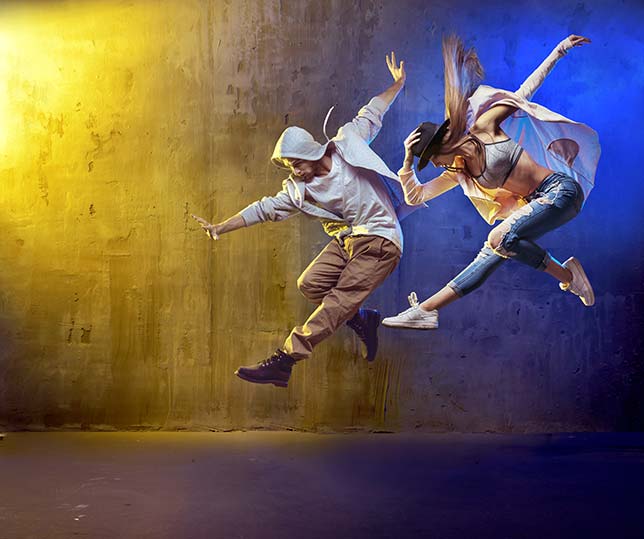Can the Performing Arts Boost Student Outcomes in STEM Disciplines?

Can participation in the arts really bolster scientific learning? Can dance, in particular, spark STEM success?
A recent paper from North Carolina State University suggests this might just be the case.
The authors conducted interviews and focus groups with students who took part in on-campus dance companies as undergraduates. Fifteen of the 25 subjects were STEM majors, studying in field such as applied mathematics, engineering and chemistry.
"Our core question was what drives students to participate in the arts at an institution where there are no arts majors and there is an emphasis on STEM," lead author Fay Cobb Payton, a University Faculty Scholar and professor of information systems and technology, said in a prepared statement. "We wanted to know what benefits students get from engaging in the arts when they're majoring in other disciplines."
Their findings suggest that dance helped the science students to develop strengths in critical areas such as creativity and persistence, thus bolstering their classroom outcomes.
Participants in the study said that their dance companies fostered a sense of community, gave them an outlet for self-expression and introduced them to a more diverse group of people.
Moreover, dance "made them more creative in the way they approached problem-solving in the laboratory or classroom," Payton said. "For example, the dancers said they were accustomed to working as part of a group, and felt this helped them incorporate multiple viewpoints when tackling academic challenges."
This was only a small pilot study, and the researchers have said they'd like to see larger studies with more quantitative outcomes. The goals would be to eventually develop best practices for incorporating more diverse fields of study, in order to use the arts to improve STEM outcomes.
About the Author
Based in Annapolis, MD, Adam Stone writes on education technology, government and military topics.